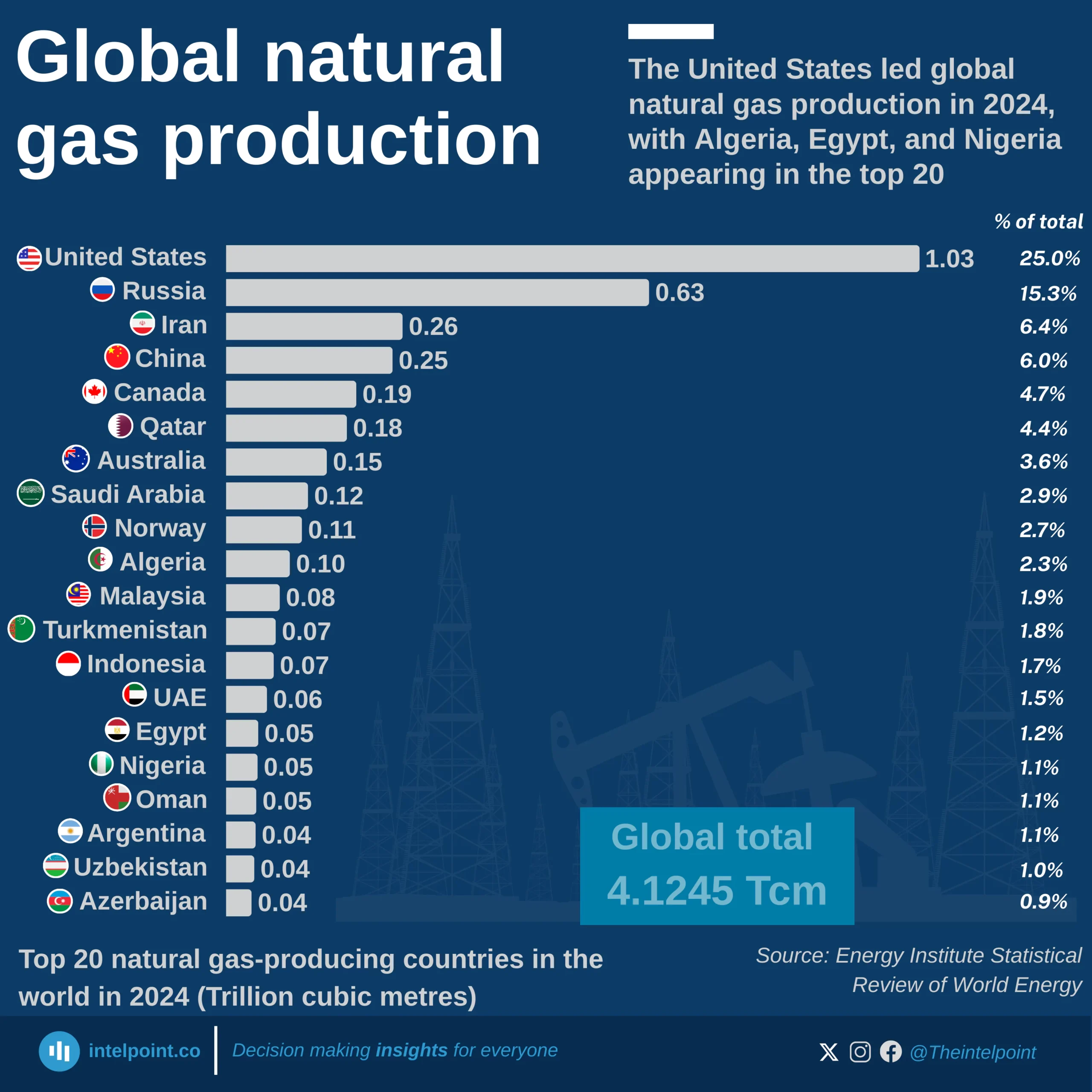In 2020, OPEC's oil prices dropped by 35% as global demand collapsed due to the COVID-19 pandemic. Two years of economic recovery followed before Russia, one of the world's largest oil producers and importers, invaded Ukraine in 2022. This invasion triggered global economic instability, resulting in a 21% decline in oil prices the following year.
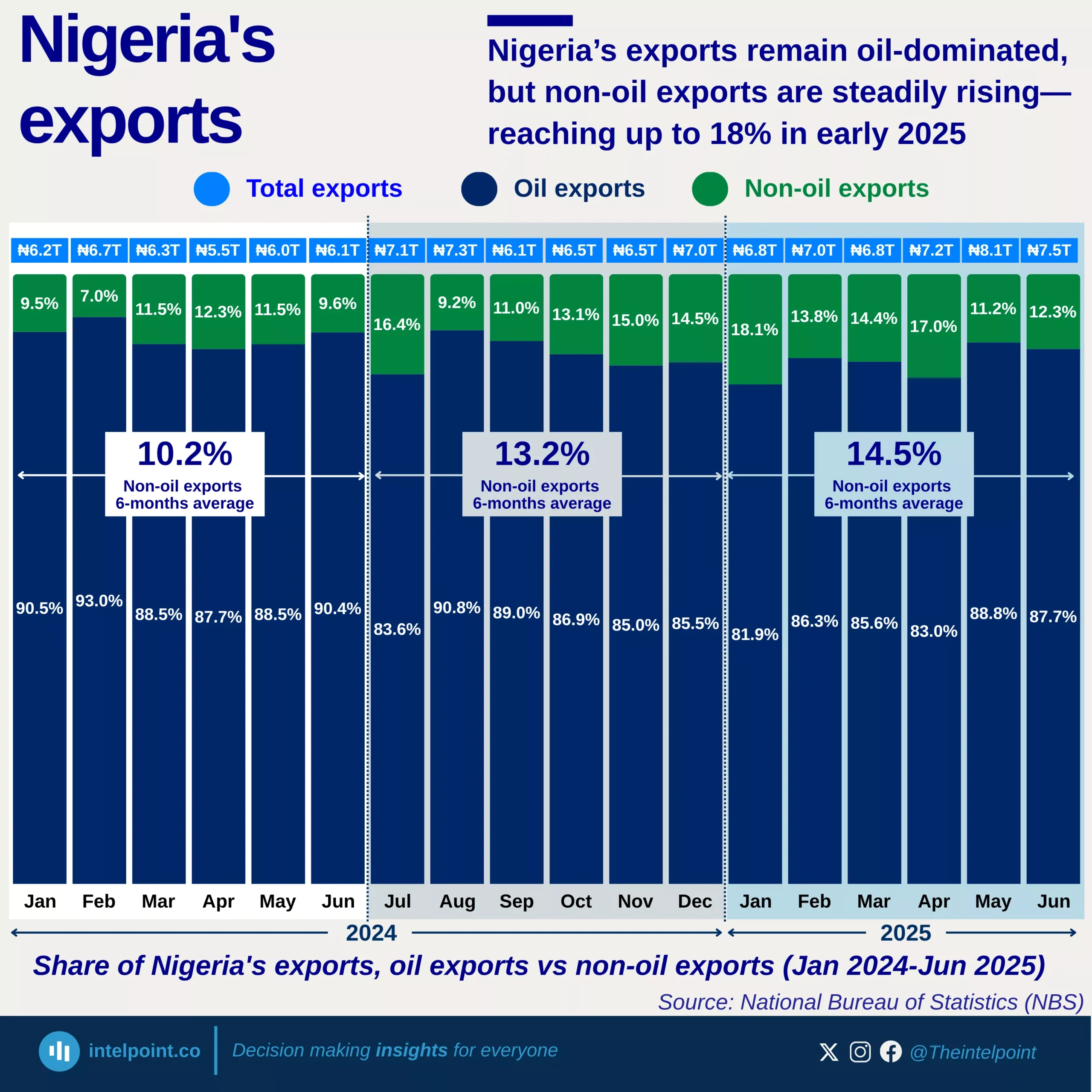
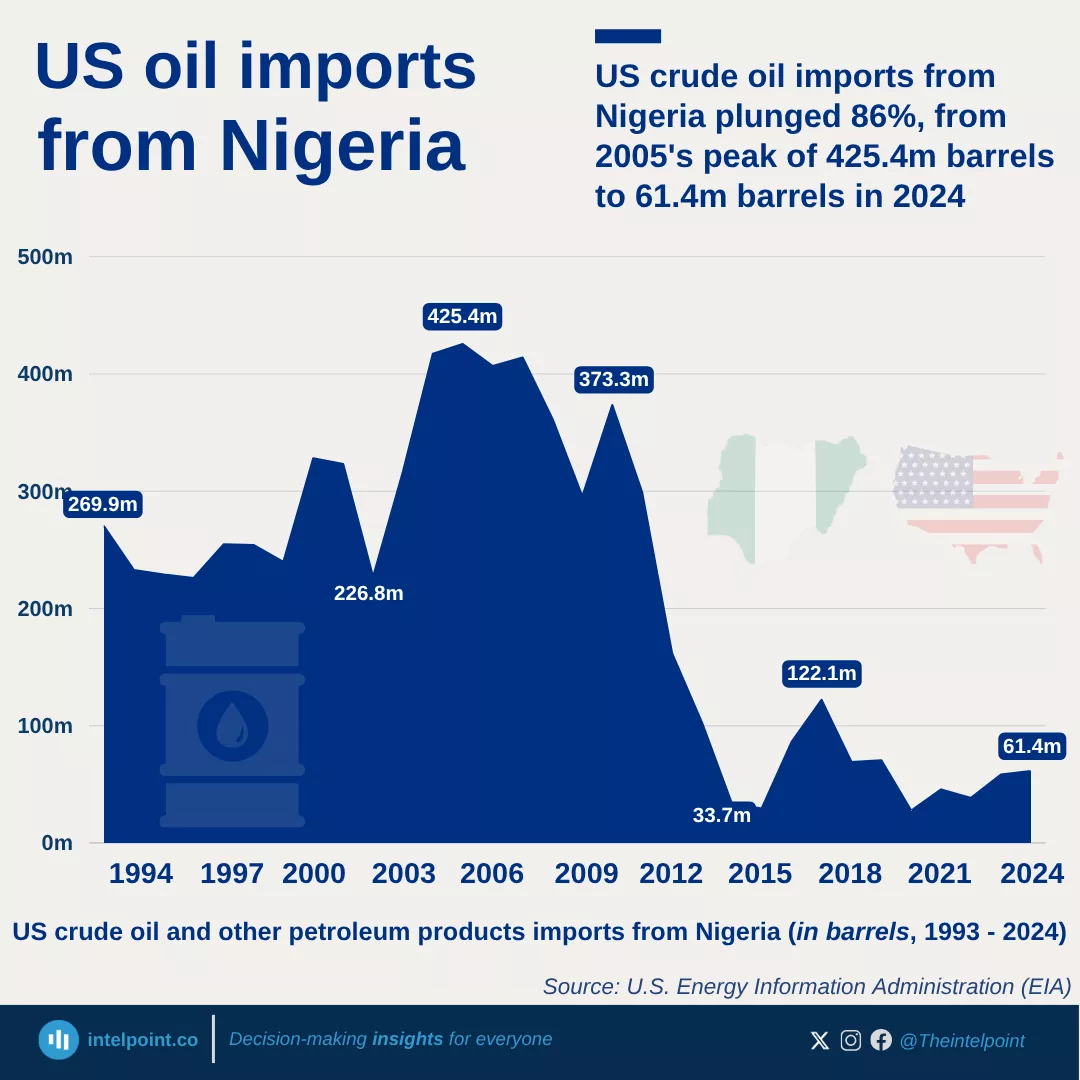
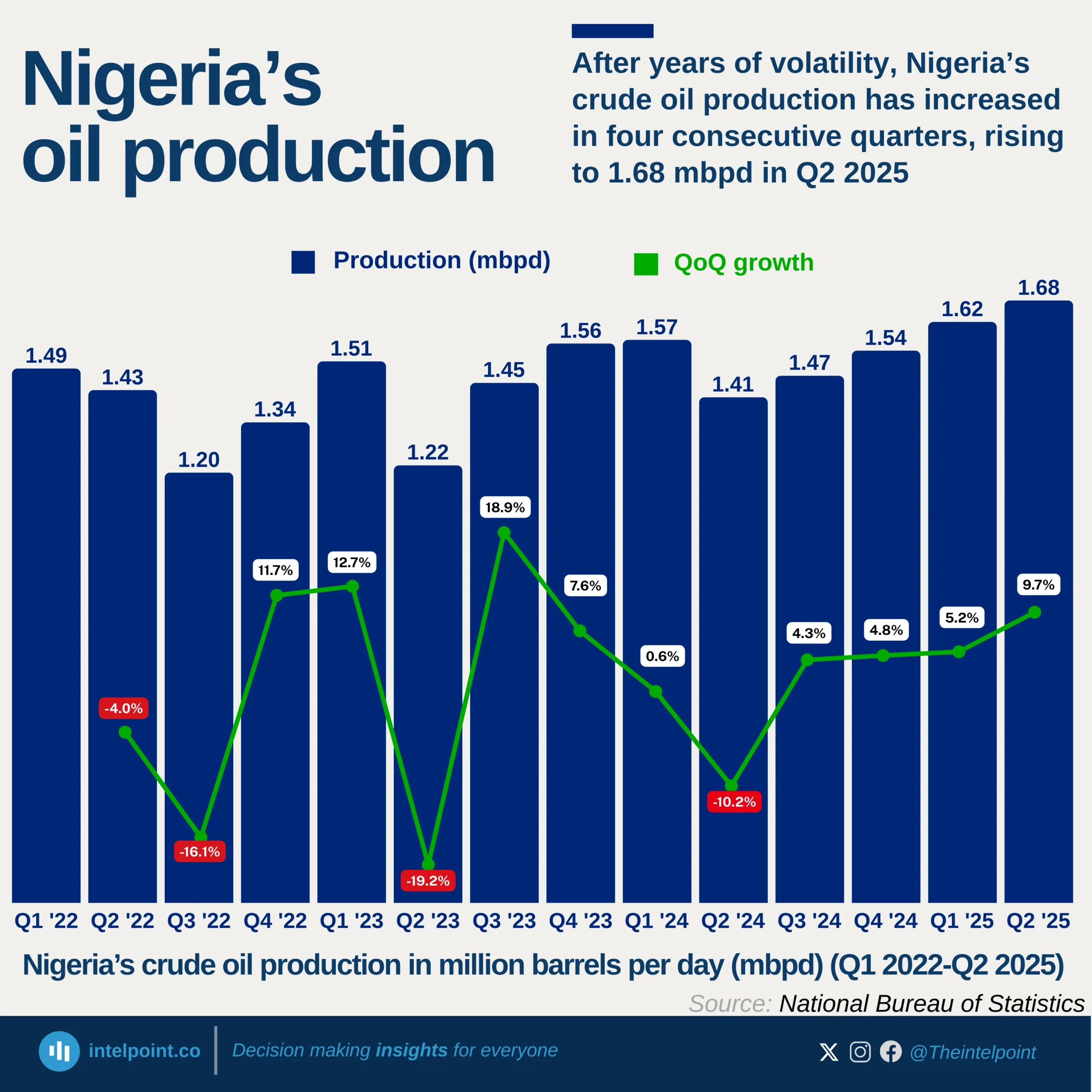
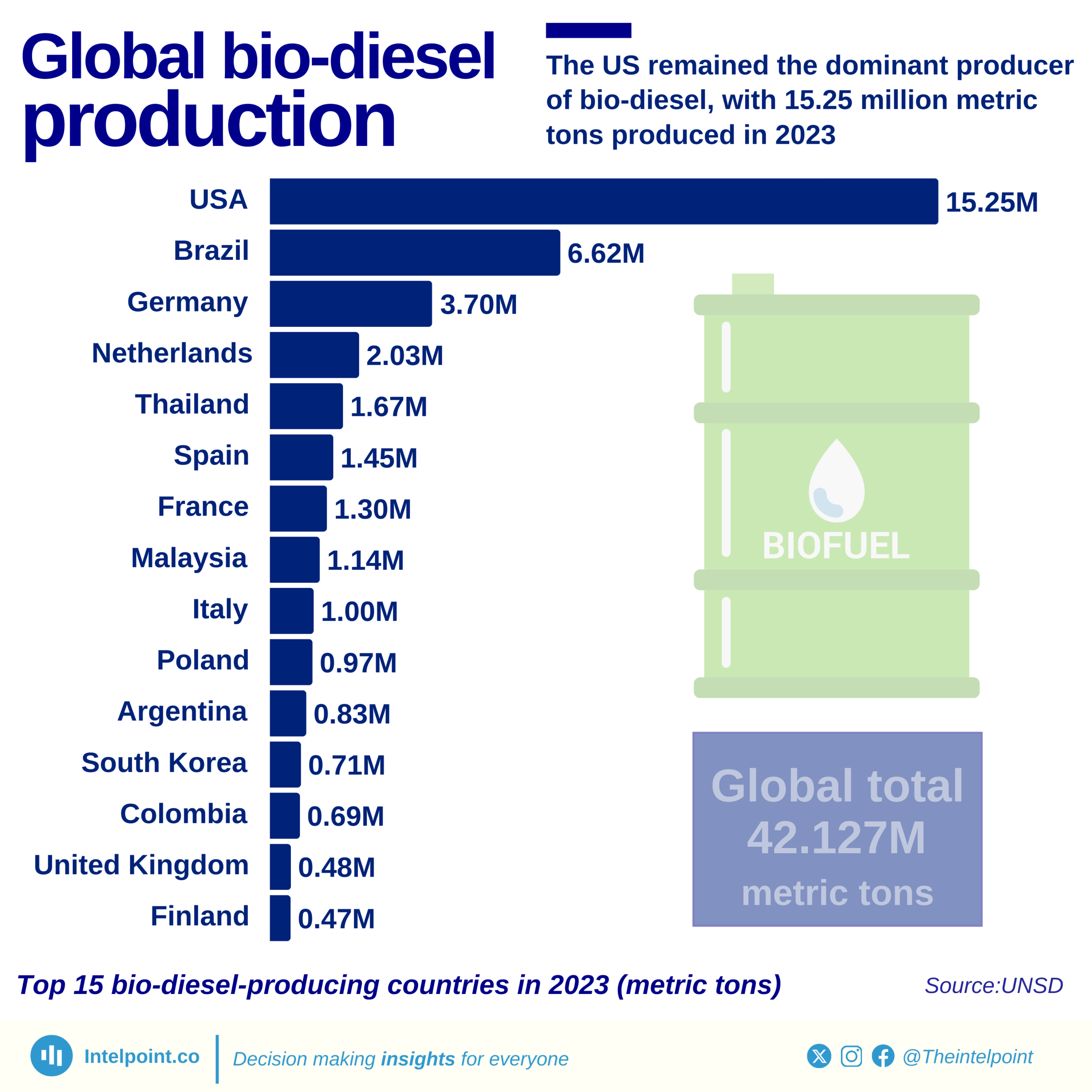
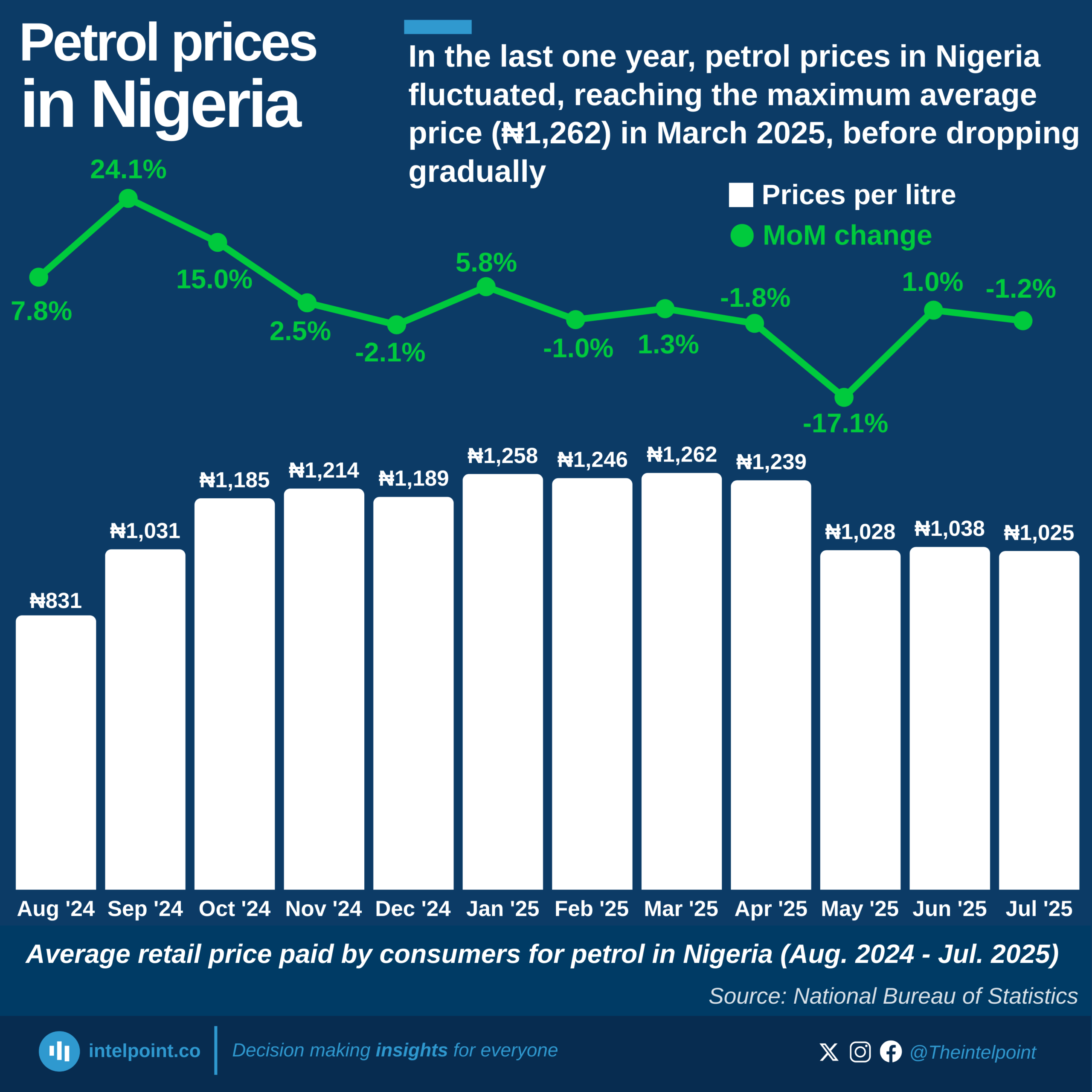
The United States dominates global natural gas production in 2024, contributing 1.03 trillion cubic metres (Tcm), nearly one-quarter of the world’s total.
Russia (0.63Tcm) and Iran (0.26Tcm) follow as the second and third largest producers.
China (0.25Tcm) and Canada (0.19Tcm) also feature strongly, rounding out the top five producers.
Collectively, these top five countries account for more than 50% of global production.
Emerging producers like Nigeria, Egypt, and Azerbaijan contribute significantly to the supply but remain far behind the leading nations.
